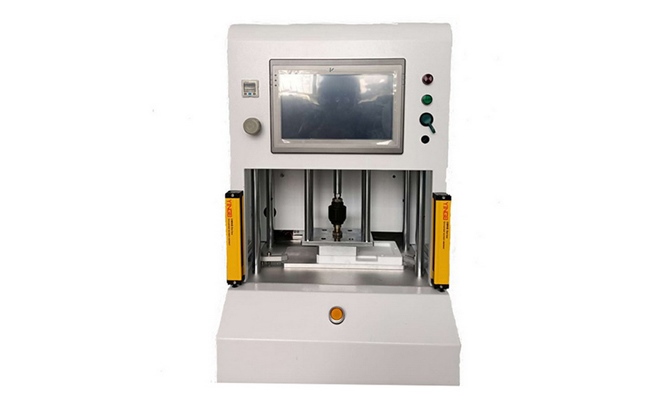Dongguan Weisite Intelligent Technology Co., Ltd.
Mr. Yuan 18851191830
Company Tel: 0769-2288 8508
Company email: weiq.sales@weste-group.com
Online QQ: 2251002748
Company Address: No. 4, West Street, Zhenyuan Road, Wusha Caiwu Industrial Zone, Chang'an Town, Dongguan City
When testing the products for water resistance, oil resistance, air leakage, IP protection level, etc., we recommend using an air tightness tester for sealing tests, but in many cases, we do not know how to formulate corresponding test standards. Under normal circumstances, we will distinguish products through qualified and unqualified experiments. Similarly, we can also use the corresponding theory for calculations. First, we need to know:
The amount of leakage is closely related to the nature of the fluid and the characteristics of the hole through which it leaks. The factors that affect fluid properties include pressure, temperature and viscosity. The factors are as follows.
1. pressure
Greater pressure may result in greater flow.
2. temperature
For liquids, the higher the temperature, the easier the flow. For gases, the higher the temperature, the worse the flow. The viscosity table example listed below shows how temperature causes the flow resistance characteristics of water to decrease, while air increases.

3. Viscosity
Viscosity is a measure of fluid resistance inside a part. It can quantify the flow resistance of fluids. The higher the viscosity, the greater the fluid flow resistance and the smaller the leakage. Heavy oil or grease does not easily flow through the small holes, but water may pass and flow through.
Two. The leakage characteristics of the hole depend on the smallest diameter in the path, the length of the hole through the component material, the surface tension of the fluid, and the surface roughness of the leakage (hole) leaving the component.
1. Hole size
The smallest opening in a fluid path controls the flow through that path, and small openings tend to prevent fluid from flowing through.
2. Path length
The length of the path that the fluid must pass through will control the degree of fluid flow. The longer the path length, the greater the resistance.
3. Surface treatment of leakage path
The condition of the walls in the leak path also affects the flow rate and resistance. Relative to smooth hole walls, rough hole walls can block fluid flow. Under normal circumstances, the hole that causes the part to leak is not specially designed, and the hole wall is rough and irregular. Therefore, it is difficult to obtain a repeatable leak rate through these holes. The rough surface of such pores will increase the surface area of the pore walls and enhance adhesion to fluids. For high-viscosity liquids (such as water), this will severely restrict or even block its flow, while for low-viscosity liquids, air will continue to flow. In order to obtain the best repeatability, the hole walls must be sufficiently smooth.
The air tightness tester should pay attention to whether the pipeline connection is intact and whether the product check valve is assembled correctly. The air tightness tester test method is as follows:
1. Make tools and fixtures to block the water inlet and outlet;
2. Then connect the air tightness tester to the tool and fixture, and connect the air source;
3. After placing the product in the tool fixture, start the air-tightness tester, and accurately transport the 800KPA pressure into the pipeline through the instrument, and finally ensure that the time and pressure are coordinated. Just check the pressure;
4. After reaching the pressure, stop the pressure delivery and perform preliminary stabilization (the function of stabilization is to smooth the peaks and valleys of the pressure, and reduce the inaccuracy and inaccuracy of sensor sampling caused by pressure jitter. This is unscientific) . After stabilization, the instrument will analyze and calculate whether the pressure just provided has been reduced? How much has been reduced? Has the upper limit of product leakage rate been exceeded? In this way, it can be judged whether the tightness of the tested product meets the standard.

Dongguan Weisite Intelligent Technology Co., Ltd. integrates the design, production, sales and service of air tightness testers, audio testers and other non-standard automation equipment